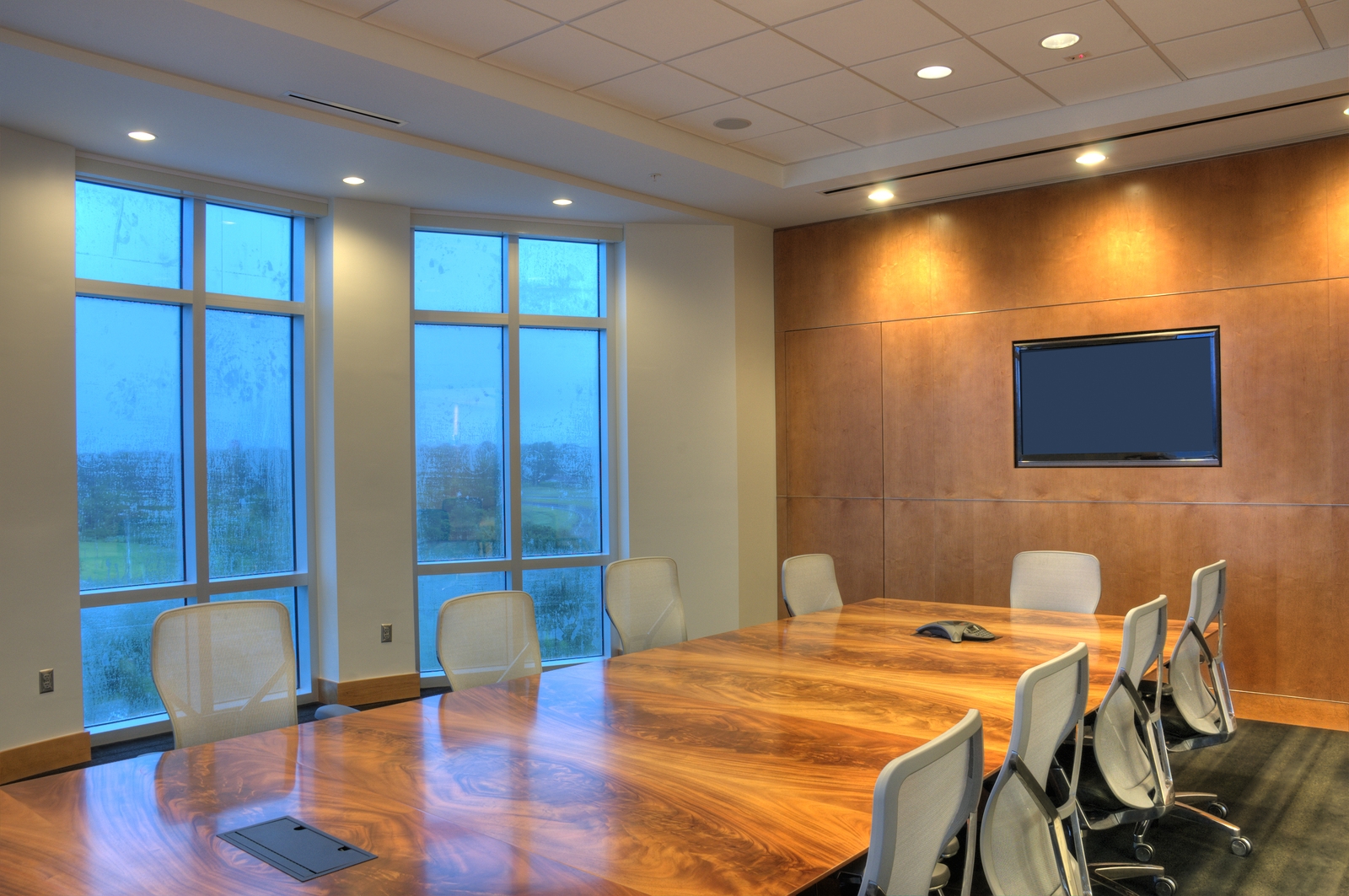
The level of light we have in our workplace can affect our productivity and our mood. We all need enough light that we can see clearly to carry out a variety of tasks, but not too much light that we feel as though we’re being blinded.
One of the most important things is to harness natural light as much as possible. Earlier this month, Workplace Insight shared some of the findings of the Workplace Wellness Study by Future Workplace.
It revealed that natural light was one of the most valued features of an office, up there with good air quality and the ability to personalise your immediate workspace.
What’s more, the study found that air and lighting are the “most important drivers of performance, happiness and wellbeing”. This highlights the importance of looking at the working environment you provide and seeing where you could make improvements.
In terms of workplace lighting, there are several things you need to consider. The first, and most obvious, is how you can best utilise any natural light your property gets.
But there are very few workplaces that can manage without any artificial light. A recent article for Arch Daily picked out the things you need to consider when you’re designing the lighting for your office or other workspace.
There are three different lighting systems you should be thinking about, according to the news provider.
These are localised, uniform and mixed. Localised lighting means directing certain intensities of light to certain areas or spaces. It can allow you to create different atmospheres within your office and set aside different areas for different tasks.
Uniform lighting refers to the need to ensure that light is distributed relatively evenly throughout a space - there shouldn’t be any dark corners or areas that receive significantly less light than others.
Mixed lighting simply means using both of these elements together. The first thing to do is make sure that your uniform lighting is sorted out. Once you’ve got that in place you can look to introduce localised lighting solutions that suit the nature of your work.
These additional light fittings are typically installed near workstations and are used as a way of “reinforcing the general lighting”, the news provider explained.
Realty.com also recently offered some advice about how to get the lighting scheme right in your workplace. The news provider suggested installing a system that can be easily customised depending on the level of natural light your office gets throughout the day. Products like smart dimmable light bulbs could be useful in this case.
Although it’s important to make sure that all workspaces are properly lit, your use of lighting doesn’t have to stop with functionality. You can also use decorative and accent lighting to help make your office look more appealing and potentially to reinforce the brand identity of the business.
You shouldn’t be afraid of being a little experimental with your workplace lighting solutions either. Spotlights on the floor that help guide people along particular routes, or large pendant lights above conference room tables can all have their place in a work environment.


